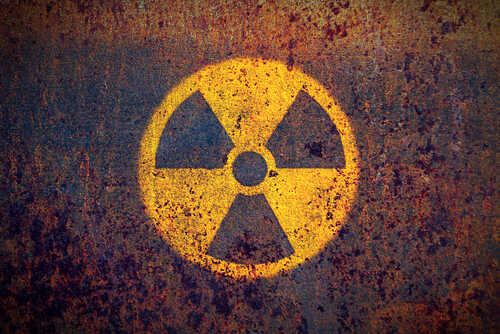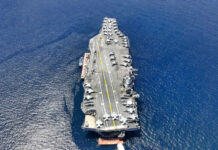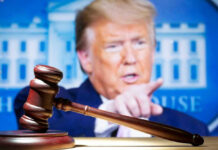
Trump’s nuclear testing plans mark a strategic shift toward maintaining America’s deterrent strength without breaking decades of explosive testing moratorium, ensuring national security while avoiding international backlash.
Story Overview
- Energy Secretary clarifies that Trump’s nuclear testing will use non-explosive methods only.
- The US has maintained a 33-year moratorium on explosive nuclear weapons testing since 1992.
- Advanced diagnostics and computer simulations replace traditional detonation testing.
- Policy balances national defense needs with diplomatic considerations.
Trump Administration Clarifies Nuclear Testing Approach
The Trump administration’s nuclear weapons testing strategy focuses exclusively on non-explosive methods, according to the US Energy Secretary. This approach maintains America’s nuclear deterrent capabilities while preserving the nation’s commitment to the explosive testing moratorium established in 1992.
The clarification addresses concerns about resuming full-scale nuclear detonations that characterized Cold War-era testing programs. National security officials emphasize that these methods provide an adequate assessment of the reliability of the arsenal without violating international agreements or triggering diplomatic complications.
Advanced Technology Replaces Explosive Testing Methods
The US Department of Energy and National Nuclear Security Administration utilize sophisticated subcritical experiments and computer modeling to evaluate nuclear warhead performance.
These techniques examine weapon components without producing nuclear yields, providing scientists with critical data on the safety and effectiveness of the arsenal. National laboratories, including Los Alamos, Lawrence Livermore, and Sandia, conduct annual assessments using advanced diagnostics that surpass traditional explosive testing capabilities. This science-based stockpile stewardship program ensures weapon reliability while avoiding environmental and political risks associated with detonations.
American NUCLEAR tests won’t cause mushroom clouds — Energy Sec Wright explains
‘We’re talking about system tests, NOT nuclear explosions… noncritical explosions’
‘Testing all other parts of nuclear weapon’ pic.twitter.com/4jCrAG2B2m
— RT (@RT_com) November 2, 2025
Historical Context of the US Nuclear Testing Moratorium
America conducted over 1,000 nuclear tests between 1945 and 1992, including 828 underground detonations at the Nevada Test Site. Congress prohibited further underground nuclear explosive tests in 1992, establishing the current moratorium that remains intact today.
The shift toward non-explosive testing emerged from environmental concerns and international pressure to reduce nuclear proliferation risks. Previous attempts at voluntary moratoriums, including the 1958 US-USSR agreement later broken by Soviet testing, demonstrated the challenge of maintaining long-term testing restrictions during periods of geopolitical tension.
The current policy reflects lessons learned from decades of nuclear weapons development and arms control negotiations. USSTRATCOM and Department of Defense officials regularly assess stockpile reliability through comprehensive review processes that incorporate laboratory findings and computer simulations.
This approach satisfies national security requirements while preserving America’s leadership role in global nonproliferation efforts and maintaining credibility with allies who oppose resumed explosive testing.
National Security Implications and Future Considerations
The non-explosive testing strategy preserves America’s nuclear deterrent while avoiding international backlash that could undermine diplomatic relationships and arms control agreements.
Defense experts acknowledge potential long-term challenges as nuclear warheads age, but current technical assessments indicate existing methods provide sufficient reliability data. The policy maintains readiness to resume explosive testing if future circumstances demand such measures, ensuring flexibility while respecting current international commitments.
Conservative national security advocates support this balanced approach that strengthens American defense capabilities without unnecessarily provoking adversaries or alienating allies.
The strategy demonstrates responsible stewardship of the nuclear arsenal while preserving options for enhanced testing if threats to national security intensify. This measured response reflects the administration’s commitment to peace through strength, prioritizing American security interests within established international frameworks.
Sources:
US Department of Energy/Nevada National Security Site – NNSS History
US Department of Defense – Nuclear Matters Handbook Chapter 14
Wikipedia – Nuclear Weapons Testing
United Nations – End Nuclear Tests Day History
International Campaign to Abolish Nuclear Weapons – Nuclear Weapons History
Atomic Archive – Testing Chronology
PMC – Nuclear Testing Health Studies
Arms Control Association – Nuclear Testing Tally















